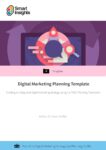Personalized marketing, as we know from our experiences as brand-lovers and as marketers, is the make or break of any e-commerce marketing strategy in a competitive environment
Personalized marketing is all about offering improved user experience (UX) by serving relevant content, or targeting key messages in the funnel, based on your customer’s e-commerce activities and behaviour. Personalized marketing unlocks tactics for retailers to form personal relationships with their customers during their online experience (CX), to nurture leads and drive more sales from digital marketing.
During a global 2022 survey of consumers who purchased something online in the past six months, 62% stated that a brand would lose their loyalty if it delivered a non-personalized experience. This is no secret to marketers who have watched a growing trend of personalization customer expectations and e-commerce investment to match.
In fact, the chart below shows current customer experience personalization and optimization software and services revenue worldwide from 2020 to 2026 (in billion U.S. dollars). And with competition at an all-time high, value added by personalized marketing is exactly the tactic your retail/e-commerce marketing strategy needs to protect market share from aggressors.
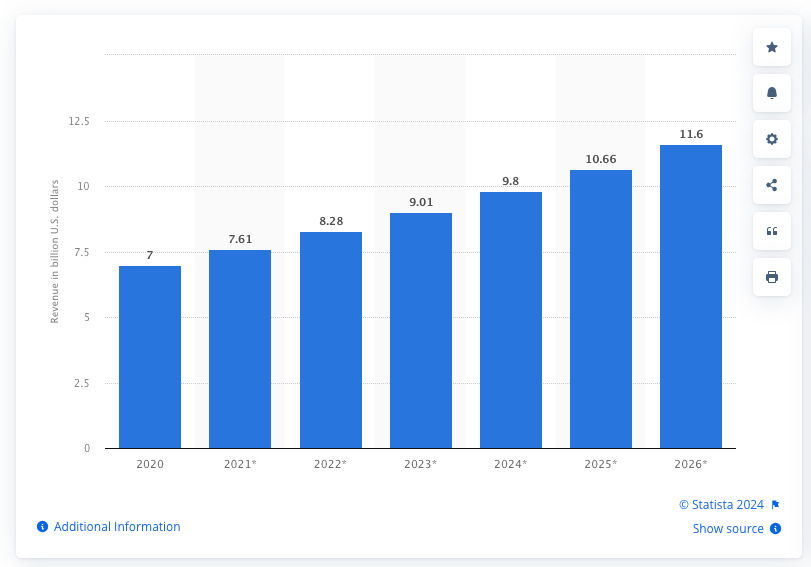
Despite this, customer security and privacy concerns are at their peak. Cisco's 2023 Consumer Privacy Survey found a 16% increase in consumers exercising their Data Subject Access Rights (DSAR) in 2023. This growth has been driven up the most by the 18-24 year old bracket.
These concerns, although not new, are growing as we all mature as digital consumers. High-profile data breaches and increased targeting options for digital marketers in prospecting and retargeting ads mean we are all aware of marketing personalization around us all the time.
So, this leads us to a sophisticated, customer-centric, digital marketing proposition: Successful digital marketers must cultivate trust through a personalized and appropriate customer journey at every stage of the marketing funnel, such as the RACE Framework.
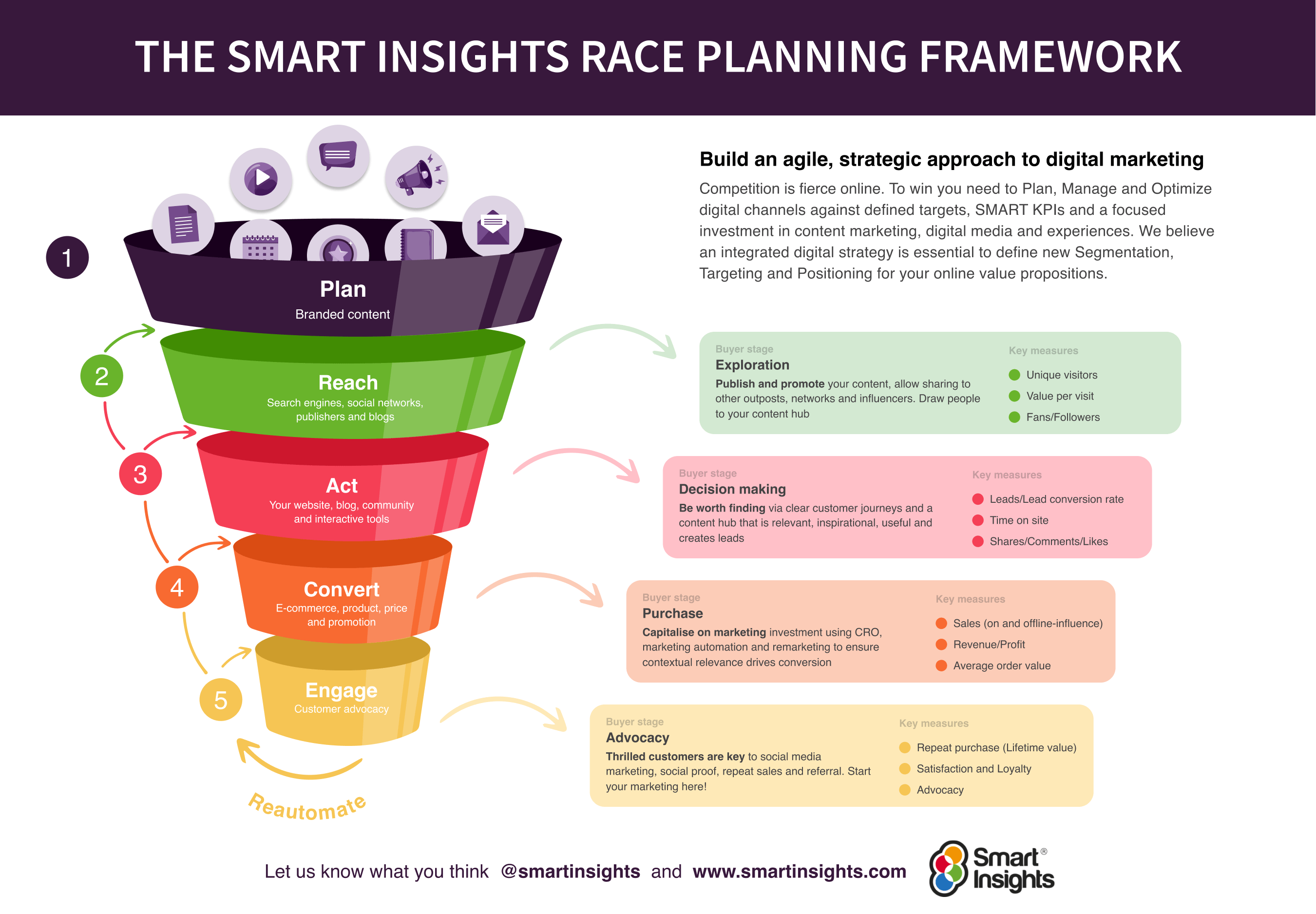

Starter Membership

RACE Practical Digital Strategy Learning Path
Part of the Marketing strategy and planning Toolkit
Learn how to create and implement an integrated omnichannel marketing plan
Learn MoreOur most trusted industries
The chart below from McKinsey demonstrates a wide range of opinions on consumer sentiment broken down by sector. Healthcare and financial services being the most trusted brands with 44% of respondents choosing these sectors as their most trusted. At the lower end of the spectrum, consumer packaged goods, agriculture, media and entertainment and oil and gas on 10% each.
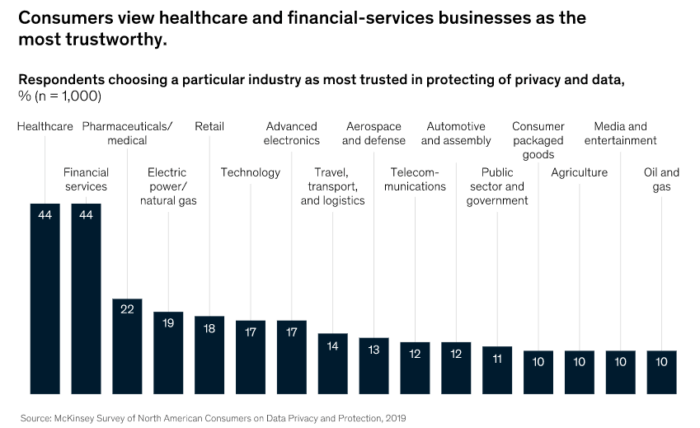
Customer data sharing for personalized marketing
According to SmarterHQ, 90% of consumers are willing to share their behavioural data with brands if it means a cheaper and easier shopping experience. With this willingness for (and growing expectation of) personalized marketing,
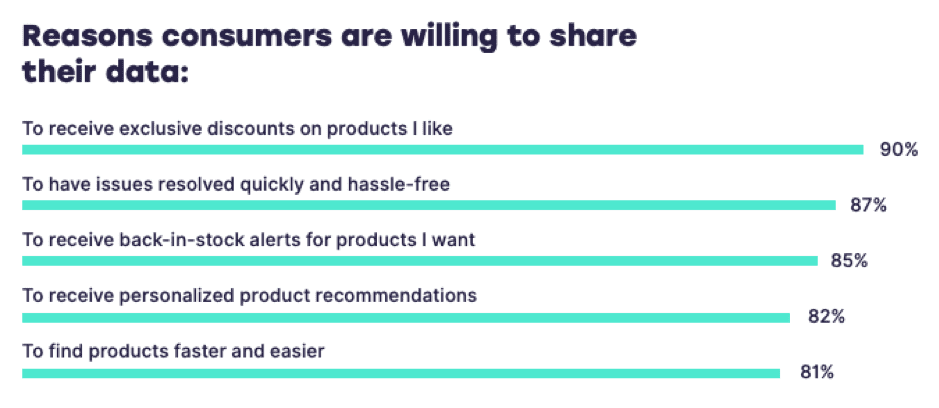
When it comes to the reasons that consumers share their data, the most popular reason is to receive discounts on products, with 90% of respondents selecting this reason. This could be the form of an email sign-up, with many e-commerce sites offering an immediate discount in return for a newsletter sign-up.
This reason was followed by getting issues resolved quickly and in a hassle-free manner, with 87% of consumers choosing this. The third reason to share data was to get back-in-stock alerts for products they are interested in purchasing.
You can learn more about the opportunities for conversion and retention afforded by customer data in our Web personalization Learning Path module.
Core Module

Improve digital customer experience
Part of the Digital marketing strategy and planning Toolkit
Learn how to review and improve the effectiveness of your digital experiences, focusing on how website experience quality can be improved to encourage customer engagement and loyalty
Learn MoreBest communication methods
In order to provide personalization while allaying fears around privacy, brands need to look at ways they can accurately and safely collect data. This means being more sensitive when it comes to the way in which consumers want to be contacted. Personalizing messages via consumers’ chosen channels is more likely to see results and garner brand trust.

Some 51% of consumers say that the best way for brands to contact them is via email. This is a positive result for marketers, with many reporting that email is their top channel in terms of driving traffic and ROI.
Core Module

Review opportunities for using email for acquisition and retention
Part of the Email marketing and marketing automation Toolkit
Learn how to recognize the different opportunities for acquiring and retaining customers using email marketing
Learn MoreAnother popular communication channel is social media, with a quarter (25%) of consumers saying this is the best way for a brand to contact them. This suggests that tying in your email marketing and social media campaigns could see the best results in terms of ROI while also helping consumers to trust your brand more.
Core Module

Customer service and success
Part of the Social media marketing Toolkit
Learn how to review the quality of customer service delivered by online channels and balance this against the cost to serve
Learn MoreThe least favourite methods of brand communication for consumers are mobile push notifications (3%) and phone calls (2%), showing that brands should allow consumers to engage with them when they feel like it, rather than forcing communication on them.
Retail marketing tactics sought by consumers
It's no surprise that emails with special discounts for personalized products is a highly desirable marketing tactic for consumers.
Other popular tactics include promoting products or brands a consumer may like, suggesting products based on past purchases and reminders of what has been left in their cart. When it comes to frequent shoppers, they find these types of personalization to be 25% more helpful compared to non-frequent shoppers.

All of these findings support the idea that consumers want brands to understand them better, including what they like and when they want information. Designing your personalization campaign to offer a smoother, easier and cheaper shopping experience is the ultimate aim.
Boost your e-commerce strategy with personalized marketing
In order to truly see the best results from personalization, marketers need to ensure the tactics they are using are helpful and not invasive. Showing that your brand understands the wants of a consumer will lead to the best ROI in the end.
With so many consumers being unsure whether they can share their data with retailers, it is important to cultivate trust and demonstrate that you are adding value through e-commerce personalized marketing for them.
With a RACE marketing strategy, you'll unlock new opportunities to:
- Delight your customers with personalization bespoke for their wants and needs.
- Segment and target marketing content to support prospects and leads at every step of their customer journey.
- Report back your success and make iterations to continuously improve your conversion rate.
Not only will this result in better relationships between brands and consumers, but it will also help improve customer loyalty.
If you're still not sure on your next move, why not download our free RACE marketing plan template?
Smart Insights has a wealth of marketing training and tools designed for channel marketers to upskill and develop their knowledge as well as strategy and planning resources for those who manage them. Since all our Smart Insights marketing solutions are integrated across the RACE Framework, you can confidently track and adapt the journeys which you know deliver the best results, integrated across multiple channels.
Free digital marketing plan template
Our popular marketing planning template is structured across the Smart Insights RACE Framework. Join Smart Insights as a Free Member to download our digital marketing plan template today
Access the Free digital marketing plan template








 Starter Membership
Starter Membership



